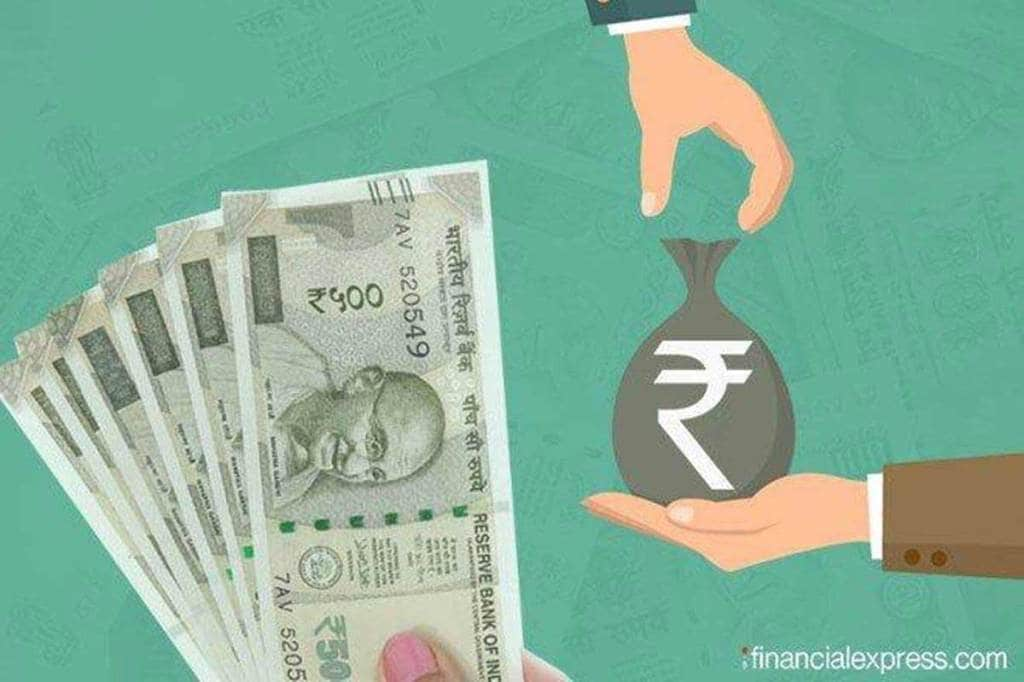The rate of growth in non-food credit rose to 6.61% year-on-year (y-o-y) for the fortnight ended August 13, from 6.2% in the previous fortnight. August typically marks the onset of the festive season, when the credit growth picks up. A growth rate of 6.61% was last seen during the fortnight ended February 12, before the second Covid wave broke out.
As on August 13, outstanding non-food credit stood at Rs 108.17 lakh crore, showed data released by the Reserve Bank of India (RBI). Deposit growth rose to 10.58% y-o-y from 9.8% in the previous fortnight. The value of bank deposits was Rs 155.7 lakh crore as on August 13.
Analysts at Care Ratings pointed out in a note dated August 28 that incremental credit growth continues to remain in the negative zone. “The bank credit growth has been tepid, which can be ascribed to the risk aversion by both lenders and borrowers and regional lockdowns imposed by states this year to curb the spread of coronavirus amid the second wave of the pandemic,” Care said.
Last week, finance minister Nirmala Sitharaman said public sector banks would undertake a nation-wide loan outreach programme in October in order to stir economic growth through a sustained credit push. The programme will be aimed especially at Covid-hit small and medium businesses as also the retail and farm sectors.
Retail and agri credit account for much of the growth in new loans. Contraction in the industry segment, especially in large industries, and slower growth in the services segment continue to restrict overall credit growth, Care Ratings said.
Even though FY21 was a bad year for corporate credit growth, banks say the appetite for loans is improving with the normalisation of liquidity conditions. Sanjiv Chadha, MD & CEO, Bank of Baroda, told FE the lender is seeing a fair bit of activity, particularly in the roads sector as also in terms of city gas projects and renewable energy. “Brownfield expansion is something we are seeing,” he added.
Care expects credit growth to be in the range of 7.5% to 8% for FY22 amid a low base effect, economic expansion, support from the emergency credit line guarantee scheme and a retail credit push. “The medium-term prospects look promising with diminished corporate stress and increased provisioning levels across banks,” it said.


